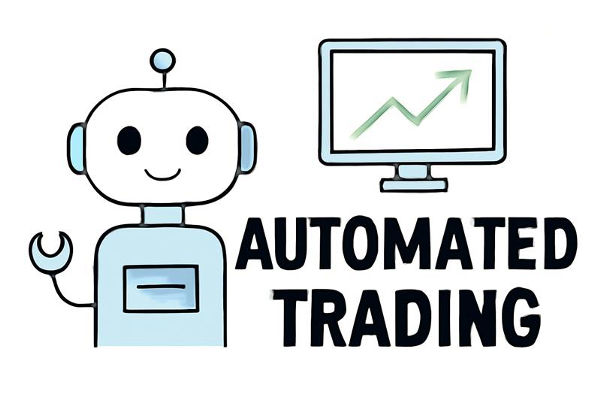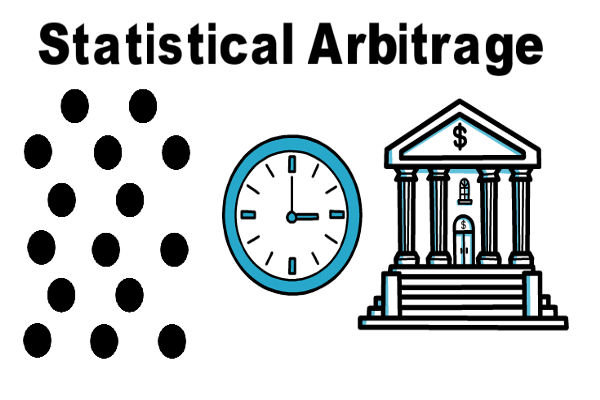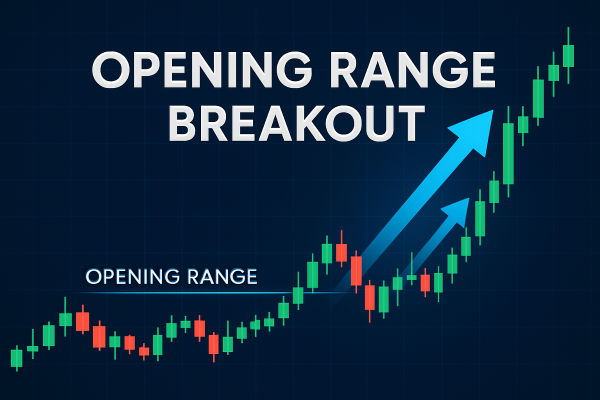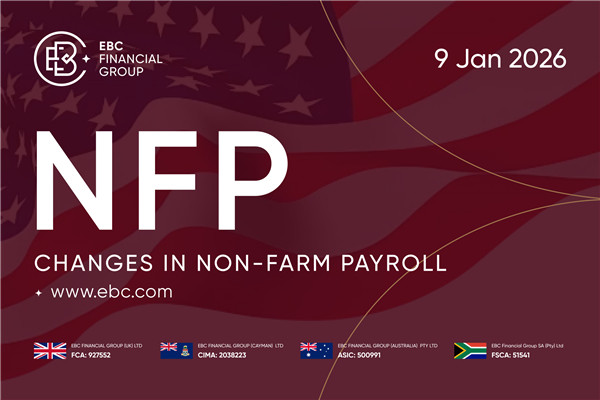The idea of letting software place trades while you sleep is appealing to both novice and experienced investors. Automated trading, which uses pre-programmed instructions to execute trades without manual input, has grown rapidly in popularity across forex, equities, and crypto markets. But before diving in, it's crucial to understand what automated trading can do — and what it cannot.
Whether you are considering a basic trading bot or a complex algorithmic strategy, the reality is more nuanced than the headlines suggest. Automated trading is not a guaranteed shortcut to profit, and while the technology offers speed and consistency, it also carries risks that every trader must evaluate.
Below are four critical points to understand before trusting your capital to an automated system.
1) Not All Automated Trading Systems Are Equal
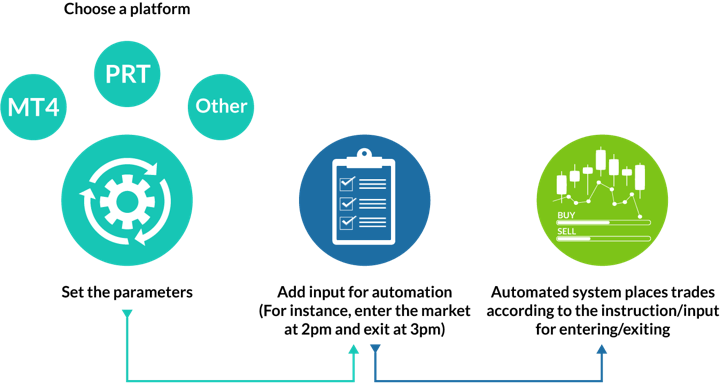
Automated trading covers a wide spectrum of strategies and tools. At one end, there are simple rule-based bots that follow straightforward indicators like moving averages or RSI signals. These are often marketed to retail traders and can usually be purchased or downloaded from trading platforms. At the other end, institutional-grade systems use machine learning, high-frequency execution, and direct market access to place thousands of trades per second.
The effectiveness of any automated trading system depends on how well it has been designed and tested. A strategy that works well in one market condition may fail in another. Many systems are built using historical data, a process known as backtesting. While backtesting is useful, it can also be misleading if the data is overfitted or if key market risks have been excluded.
Traders should be wary of systems that promise unrealistic returns or show flawless historical performance. Market conditions change, and even the most sophisticated automated trading strategies must adapt or risk underperformance.
2) You Still Need to Monitor the System

One of the most common misconceptions is that automated trading is fully hands-free. While the software handles execution, the responsibility for managing the strategy still lies with the trader. Automated trading systems can malfunction, experience connectivity issues, or misinterpret real-time data. If left unattended, this can lead to unexpected losses.
In volatile markets, price movements can be rapid and unpredictable. Automated systems that lack proper safeguards — such as stop-loss orders, position sizing controls, or real-time risk management — can amplify losses instead of containing them. For this reason, most experienced traders monitor their systems closely, especially during major economic events or low-liquidity hours.
It is also important to update or revise strategies as market conditions evolve. A system built for trending markets may struggle in sideways environments, and vice versa. Without regular adjustments, even the best automated trading systems can become outdated.
3) Speed Is an Advantage, But Not Everything
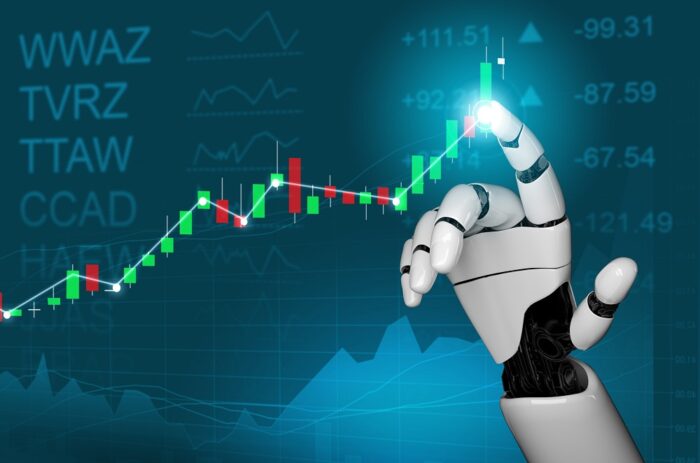
One of the core appeals of automated trading is speed. A well-coded algorithm can enter or exit positions in milliseconds, far faster than any human. This speed can be useful for strategies like scalping or arbitrage, where timing is essential.
However, speed alone does not guarantee profitability. Markets are highly competitive, and the edge that once existed in being faster than the average trader is now less significant. Many brokers already route orders through smart order systems, and the fastest trading environments are dominated by institutions with access to advanced infrastructure.
Retail traders using off-the-shelf automated trading systems are unlikely to compete directly with hedge funds or proprietary trading firms. As such, traders should focus less on milliseconds and more on strategy quality, risk management, and adaptability.
Automated trading should be seen as a tool — not a magic formula. Its real strength lies in consistency. Algorithms do not suffer from fear, greed, or fatigue. They follow their programmed rules without hesitation, which helps reduce emotional trading errors. This consistency can be more valuable than speed for most investors.
4) Regulation, Transparency and Broker Compatibility Matter
Before activating any automated trading strategy, it is essential to ensure it complies with relevant regulations. Some jurisdictions place restrictions on high-frequency trading, while others require registration for automated systems used with client funds. In addition, certain markets require clear documentation of algorithm behaviour, especially if the system will interact with exchanges directly.
Transparency is another key issue. Many retail bots are sold with limited information on their inner workings. Without access to the code or logic, traders may find themselves relying on black-box systems they do not understand. This makes it difficult to evaluate risk properly or make informed decisions during drawdowns.
Broker compatibility also plays a role. Not all trading platforms support automated trading, and those that do may use different programming languages or APIs. Latency, execution quality, and server uptime are critical factors that can affect how well the strategy performs. It is advisable to test any automated trading system in a demo environment before deploying real capital.
Lastly, data quality cannot be overlooked. Automated trading systems rely heavily on accurate and timely data. If the data feed is delayed or incorrect, it can cause the algorithm to make flawed decisions. Ensuring a high-quality connection between the system and the market is an often-underestimated part of building a reliable trading setup.
Final Thoughts
Automated trading offers many advantages, including speed, discipline and the ability to test ideas without emotional interference. However, it is not without challenges. Traders must understand that no system is infallible, and even well-tested strategies can fail under changing market conditions.
A well-designed automated trading system requires more than just technical coding skills. It demands an understanding of market structure, solid risk management principles and continuous monitoring. Traders who treat automation as a hands-off solution may end up disappointed, while those who use it as a disciplined tool within a broader strategy are more likely to succeed.
By knowing the limitations and responsibilities involved, traders can use automated trading to complement their broader investment approach and avoid costly mistakes.
Disclaimer: This material is for general information purposes only and is not intended as (and should not be considered to be) financial, investment or other advice on which reliance should be placed. No opinion given in the material constitutes a recommendation by EBC or the author that any particular investment, security, transaction or investment strategy is suitable for any specific person.
